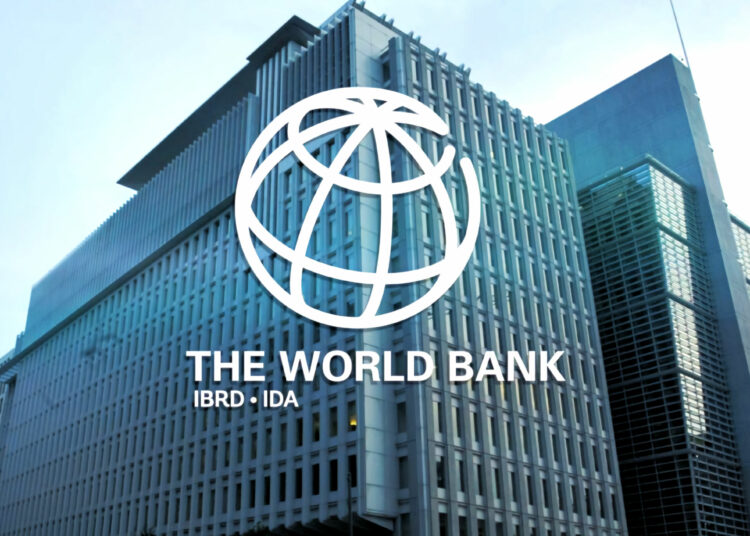The World Bank has called on governments and operators to act now, end routine gas flaring and reduce methane emissions from oil and gas production.
The warning follows a report showing that gas flaring surged by 3 billion cubic meters (bcm) to 151 bcm in 2024, the highest level since 2007.
The latest Global Gas Flaring Tracker, an independent report of gas flaring worldwide, reveals that global gas flaring volumes rose to 151 bcm in 2024 from 148 bcm in 2023. This is the highest level since 2007. Flaring Intensity, the amount of flaring per barrel of oil produced, has remained unchanged in the last fifteen years.
The top nine flaring countries continue to account for three-quarters of all flaring, but less than half of global oil production. If captured and used, the gas flared could have helped provide energy for some of the world’s most energy-deprived people. The increase in gas flaring in 2024 highlights the need for oil producers to rapidly accelerate efforts to end routine flaring and minimise pollution from oil and gas operations.
The World Bank’s Global Flaring and Methane Reduction (GFMR) Partnership estimates that, in 2024, flaring released 389 million tonnes of CO2e, with a significant portion of unburnt methane. The report highlights that countries committed to the Zero Routine Flaring by 2030 (ZRF) initiative performed significantly better than countries that have not committed.
However, while some countries have made progress reducing flaring, the overall increase in 2024 underscored the need for governments and operators to prioritise flaring reduction projects.
The World Bank’s annual Global Gas Flaring Tracker is a tool for monitoring and understanding the state of flaring worldwide and the progress made towards achieving Zero Routine Flaring by 2030.
The GFMR and the Payne Institute at the Colorado School of Mines have developed global gas flaring estimates based upon observations from a satellite launched in 2012 and operated by the U.S. National Oceanic and Atmospheric Administration. The advanced sensors of this satellite detect the heat emitted by gas flares as infrared emissions.
The GFMR is a multi-donor trust fund supported by governments, companies, and multilateral organisations committed to ending routine gas flaring and reducing methane emissions from the oil and gas sector. It provides catalytic grant funding, technical assistance, policy and regulatory reform advisory services, capacity building, and institutional strengthening for methane and flaring reduction projects.
We’ve got the edge. Get real-time reports, breaking scoops, and exclusive angles delivered straight to your phone. Don’t settle for stale news. Join LEADERSHIP NEWS on WhatsApp for 24/7 updates →
Join Our WhatsApp Channel










